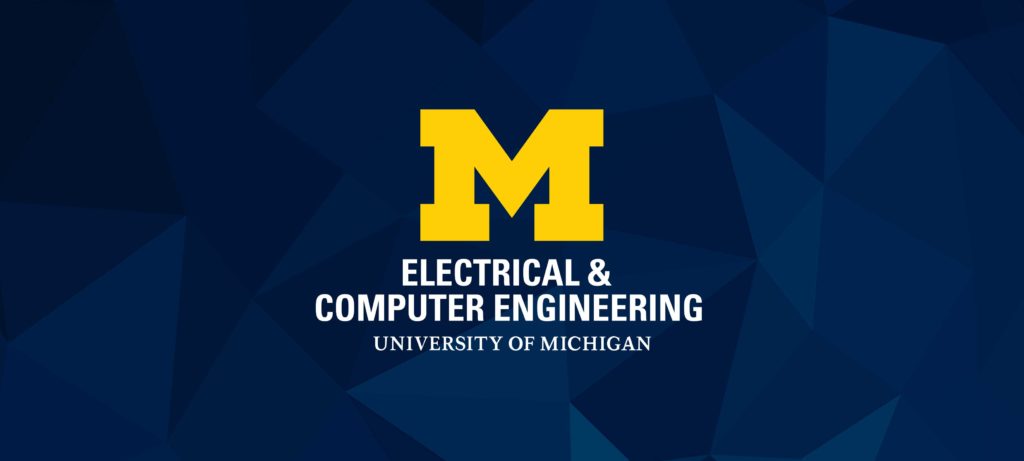The behavior of an ancient ice sheet—called Laurentide—has puzzled scientists for decades. Now, new research findings at U-M not only explain this but could also add evidence that climate change could drastically raise sea levels.
The post How an Ice Age paradox could inform sea level rise predictions appeared first on Michigan Engineering News.

 Michigan Engineering | University of Michigan
Michigan Engineering | University of Michigan 



